Some places in the world are true paradises for animals. Here are 10 must-see destinations to admire the flora and fauna of these magnificent regions.
Galapagos Islands, Ecuador
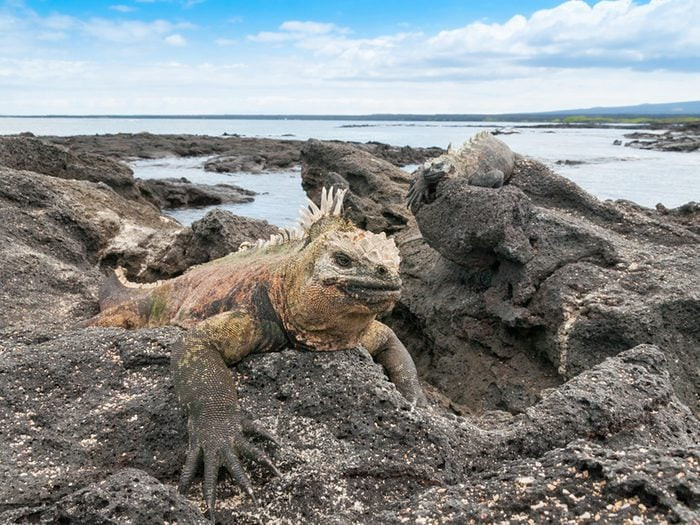
Located some 965 km (600 miles) off the coast of Ecuador, these islands are home to probably the most famous animal species on the planet. Protected for a long time against interference from the surrounding environment, there is an incredible treasure of animals unique in the world.
Take a look: Equatorial penguins, swimming vegetarian iguanas, and giant tortoises. However, the very rare human presence in these islands has made everyone fear very little contact with potential visitors standing on two legs. Zoom is very little necessary to take pictures here; if it is, the photographer is even obliged, on occasion, to step back a few steps.
Some of the most beautiful islands in the world are being submerged by the oceans.
Amazon Basin, South America
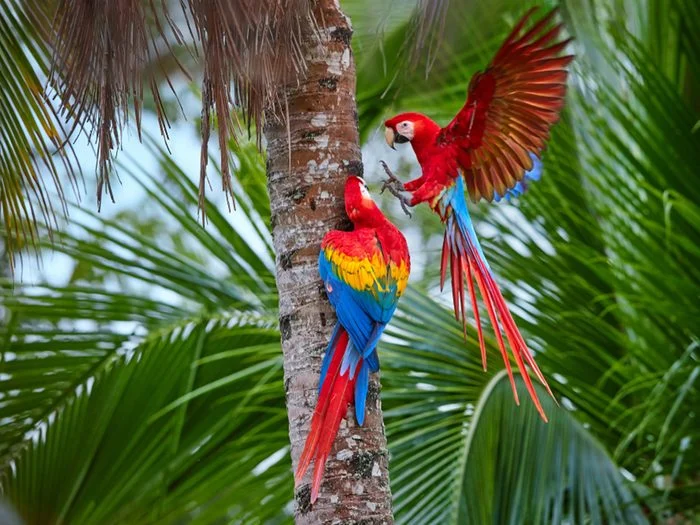
About 40 percent. 100 of the Amazon basin is in Brazil. Its forests and tributaries are so extensive that to visit them you must enter several countries, including Peru, Bolivia, Colombia, and Venezuela. The Napo River in Ecuador is just one of the ecological relays that allow visitors to enter the jungle and follow its waterways to discover the local fauna and flora, of great beauty.
The Sasha Lodge hotel, for example, very popular with birdwatchers, has a walkway built above the trees, jungle paths alternating sidewalks and muddy passages (the rubber boots are provided!), and a secluded lake, a short distance from the Napo River.
Borneo, Southeast Asia
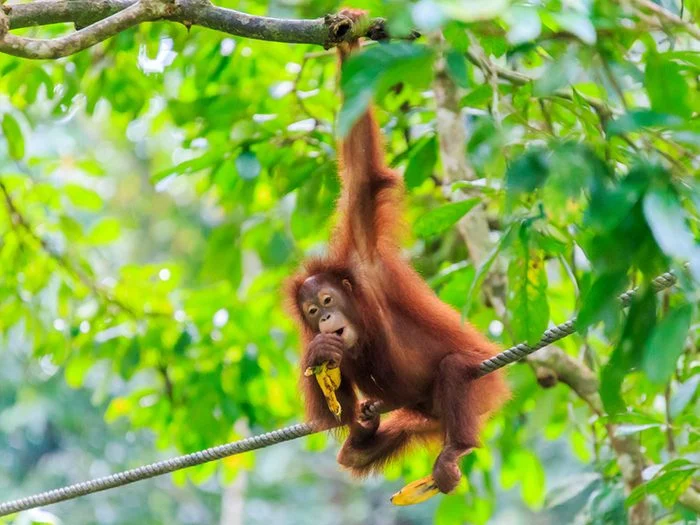
The third largest island in the world, Borneo is part of the Malay Peninsula and is divided between Malaysia, Indonesia, and little Brunei. It is home to Asian elephants and Sumatran rhinos. Alas! It is one of the last natural habitats of orangutans, a species threatened with extinction. Don’t worry about counting how many animal species live here: the list grows every year, as new ones are discovered.
Birds alone exceed 400 species. Head to the state of Sabah, at the northern end of the island, where you can climb Mount Kinabalu, snorkel the surrounding seas, watch sea turtles nesting on Selingan Island, and visit the center for the rehabilitation of orangutans in Sepilok.
Serengeti, Tanzania
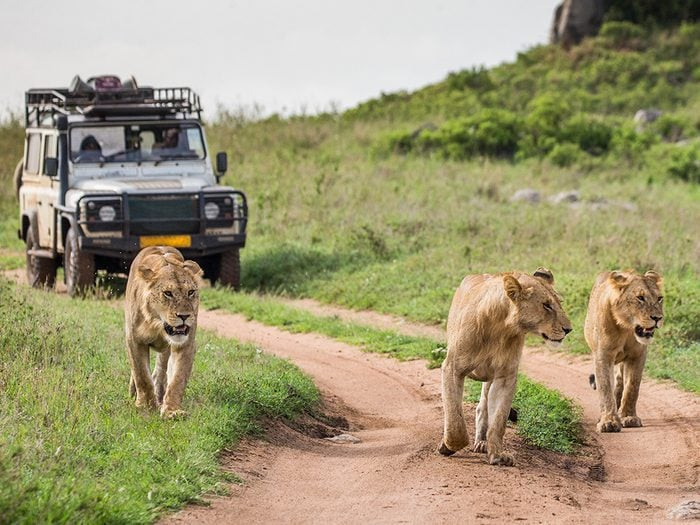
The Serengeti National Park is not limited to the “endless plains” that its name means in the Maasai language. It contains rich forests and vast swamps and has several game parks and nature reserves in Tanzania.
This is the place to go on the safari of your life! Inhabited by 2 million wildebeest, half a million gazelles, and a quarter of a million zebras, the Serengeti Park is also home to magnificent predators: lions, leopards, cheetahs, and crocodiles. Add the elephants and giraffes and you’ll see why the Serengeti is a dream park for anyone who’s never ventured beyond their local zoo.
Sea of Cortez, Mexico
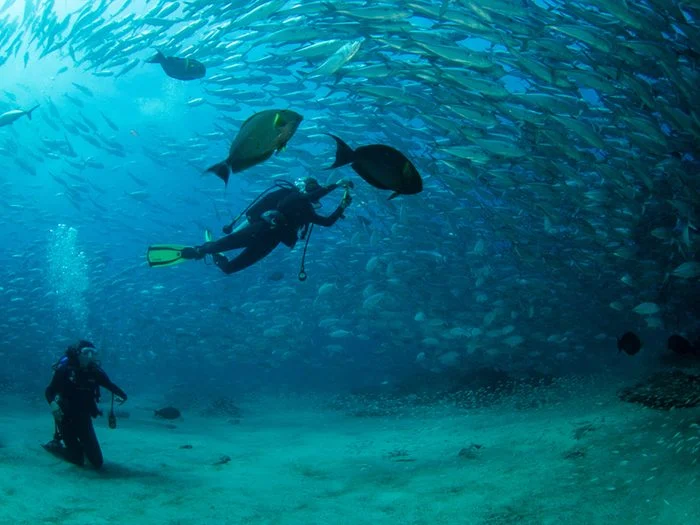
Located between the long and narrow peninsula of Baja California and the Mexican coast, this nutrient-rich sea attracts a wide range of marine animals: whale sharks, dolphins, manta rays, ten species of whales, sea turtles, colonies of sea lions or Steller sea lions and a wide variety of shorebirds.
No wonder UNESCO has made it a World Heritage Site. Join a group to watch the whales or go kayaking to get to know them. Wear a diving mask (snorkel) to swim with whale sharks or discover the largest animal there is the blue whale.
Parc national Jim Corbett, India
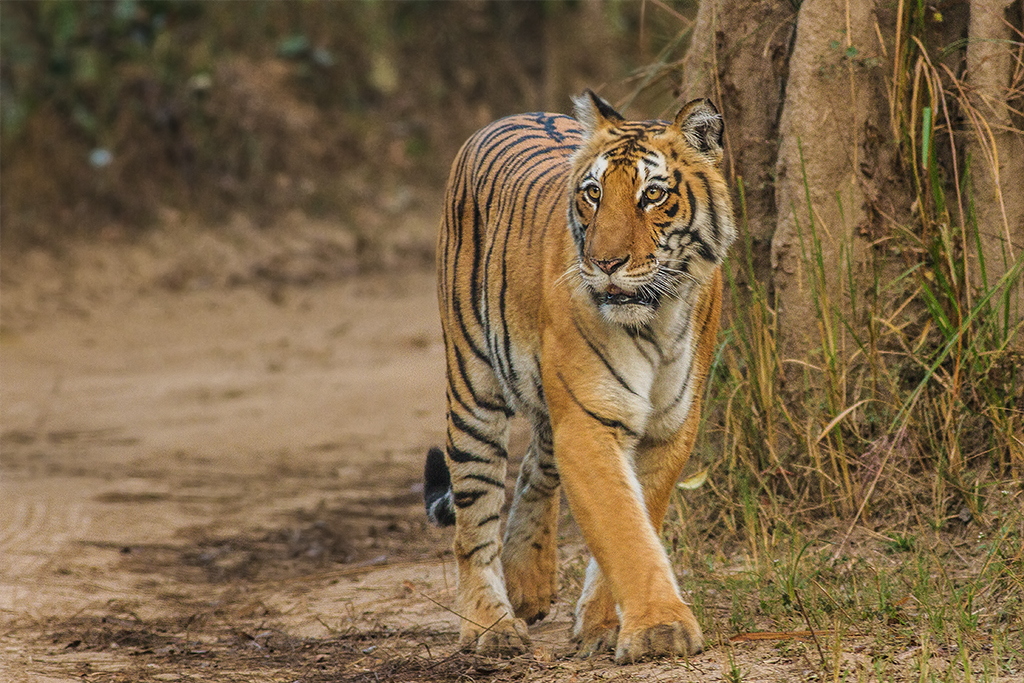
Tigers are critically endangered, so there aren’t many places left in the world to see them. At the foot of the Himalayas, Jim Corbett National Park is one such place.
Visitors can spend the night in the forest and with a good guide they have an excellent chance of seeing this superb animal. Also found in the park are herds of elephants, crocodiles, sloth bears, more than 600 species of birds, and a few leopards if luck smiles on you.
Namibia, South Africa
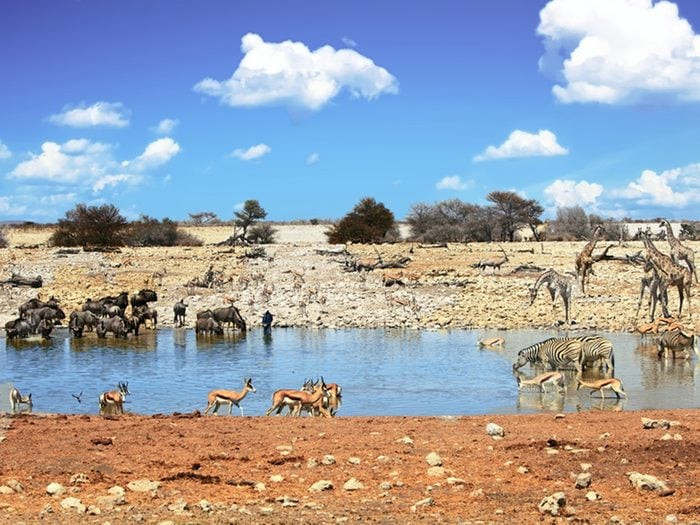
Rhinos, both black and white, have been decimated over the years by poachers, but Namibia has set up some reserves for them. Etosha National Park is the most spectacular of these game reserves. You can see lions, giraffes, elephants and rhinos there, as well as cheetahs and leopards if you are lucky.
A quarter of the park is located in a dry salt lake that briefly fills with water each year during the rainy season and is part of the Kalahari Basin. You can also visit Cape Cross on the Skeleton Coast route where there is a colony of over 200,000 fur seals found only on this southern coast of Africa.
Churchill, Manitoba
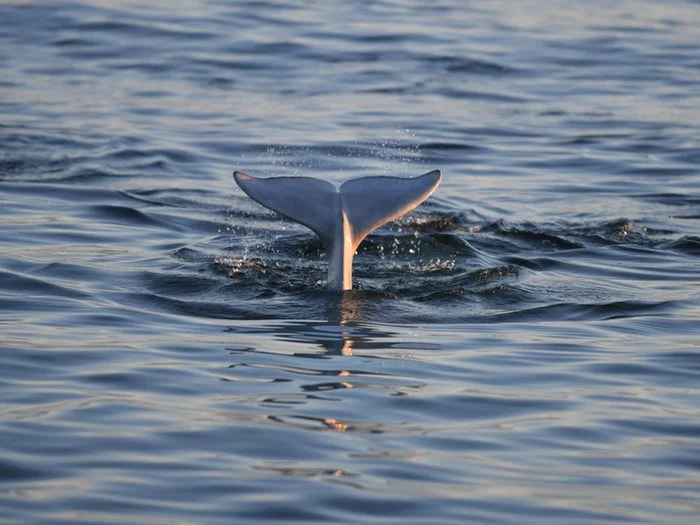
Nestled between parks and preserves on the western side of Hudson Bay, Churchill is a great place to spot magnificent whales—and even scuba dive among them. If you have a thing for polar bears, you should see them up close by signing up for an excursion. Polar bears and whales are arguably the biggest stars here.
The landscape in Churchill includes dry or wet tundras, boreal forests, swamps, creeks, estuaries, and a coastline that attracts over 250 species of birds. Wildlife enthusiasts still hope to catch a glimpse of the very rare Ross’s Gull or Ross’s Gull.
Tropical forests of Atsinanana, Madagascar
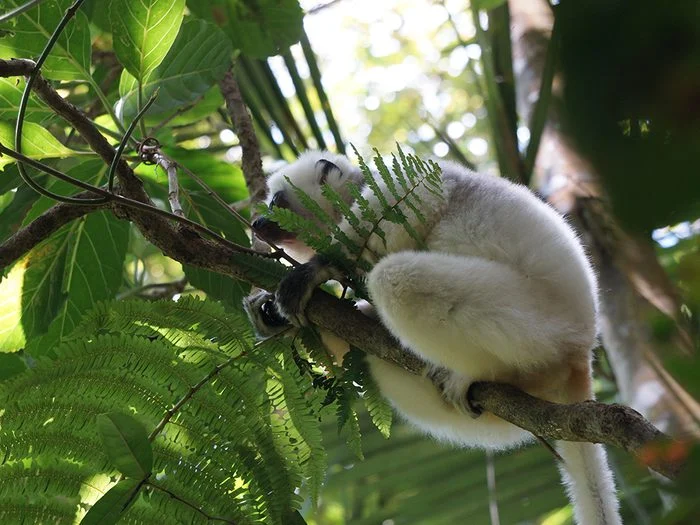
Six national parks in Madagascar, on the eastern side of the island, make up the UNESCO World Heritage Site. Much like the Galapagos Islands, Madagascar is home to a rich and diverse ecosystem that has developed in isolation since the island broke away from the mainland over 60 million years ago.
Great importance is given here to primate species which are more numerous in Madagascar than anywhere else in the world. In each of the parks, you can see up to ten different types of lemurs. Visit the rainforests of the lowlands of the island and climb the slopes to visit the forests of the fog zone. You will even see humpback whales near the shore.
Corcovado National Park, Costa Rica

Located in the Osa Peninsula, on the Pacific side of Costa Rica, this national park offers a tropical forest with very tall trees, forests of the fog zone, and mangroves. Visitors can camp individually or join tours.
Costa Rica is known as an ecological destination and this park exemplifies that reputation with its four species of native monkeys, over 100 species of butterflies, over 400 species of birds (including 16 species of hummingbirds and many magnificent scarlet macaws ) as well as four of the world’s seven species of sea turtles that nest on its shores.
Did you like this article? Do not hesitate to share it on social networks and subscribe to Discover the World on Google News to not miss any articles!